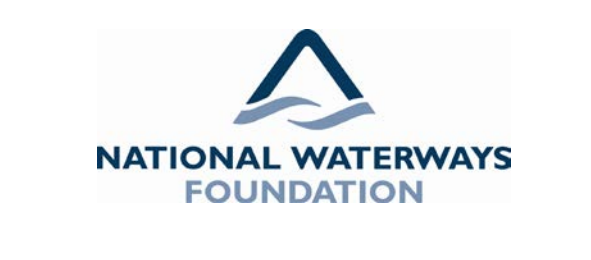When it comes to estimating costs and benefits of waterways projects, the Corps of Engineers uses outdated and limited measures of value that don’t include factors used by most other federal agencies. The result is that the Corps doesn’t measure the value of waterways to the nation effectively enough, and that negatively affects both its project selection and the way it allocates resources to waterways projects.
That’s the sobering message of a just-released study by Texas A&M Institute issued in conjunction with the National Waterways Foundation, the research arm of Waterways Council Inc.
Titled “How Project Selection In the Corps of Engineers Is Affected By Benefit-Cost Ratio (BCR) Analysis,” the report addresses a long-held concern of waterways users and advocates.
Its “primary takeaway” point is that “a number of externalities…are commonly used in BCA [benefit-cost analysis] for non-USACE infrastructure projects that are not included in the USACE guidances.” In economics and business, “externalities” is used as a term for costs or benefits that affect third parties.
The report’s first part compares and contrasts the Corps’ way of calculating benefits and costs with those of the Environmental Protection Agency, the Department of the Interior, the Bureau of Land Management, and the Department of Transportation’s grant programs. The way the Corps defines “benefits” goes back to its Principles and Guidelines, originally published in 1983 by the U.S. Water Resources Council.
Adjust Benefits As Well As Costs
The report’s second part discusses the effect of cost adjustments and project delays on project benefits. One of the report’s main points it that while the Corps adjusts project estimates for cost, which go up, it does not do so for benefits, which remain static. When the Corps doesn’t adjust for benefit inflation as well as cost inflation, the report argues, a project’s future benefits are in effect depreciated unfairly. “[T]his practice reduces the number of long-term projects that pass the BCR test” the Corps is required by law to perform. This point is important, because perceptions of growing costs in the face of apparently static benefits can kill public support for a project, the report states.
According to project scoring rules set by the Office of Management and Budget (OMB), the administration has used a BCR 2.5 as a “cutoff” to identify projects that generate the highest returns. Otherwise authorized, eligible projects with BCRs lower than 2.5 are not considered for funding. If projects are not funded within five years, they can be de-authorized by Congress.
In the Montgomery Point Lock and Dam Feasibility Report, for example, if costs and benefits were calculated differently, the BCR rating would improve from 1.1 to 4.8, and would improve further to 7.7 if interest rates were better calculated, the report says.
In the Chickamauga Lock Feasibility Report, total costs and benefits are not reported as present values (in other words, they are reported as annual amounts over the estimated life of the project rather than a total amount in today’s dollars), “so it is not possible to analyze BCRs as they are usually reported. The focus on incremental costs and benefits does not enable a reader to determine if the total project cost is justified or how the relative return on investment compares to other alternatives,” the report says.
Some externalities cannot be quantified or monetized, but some federal agencies include ways of considering them anyway. For instance, the report notes that EPA encourages its analysts to ask which benefits of a project matter most to stakeholders, but the Corps’ BCAs do not consider that question.
The report notes that while all federal agencies recognize the importance of relying upon peer-reviewed scientific findings, the Corps uses external reviews for the BCA process itself much less than other federal agencies.
The full report is available on the National Waterways Foundation’s website, www.nationalwaterwaysfoundation.org.




